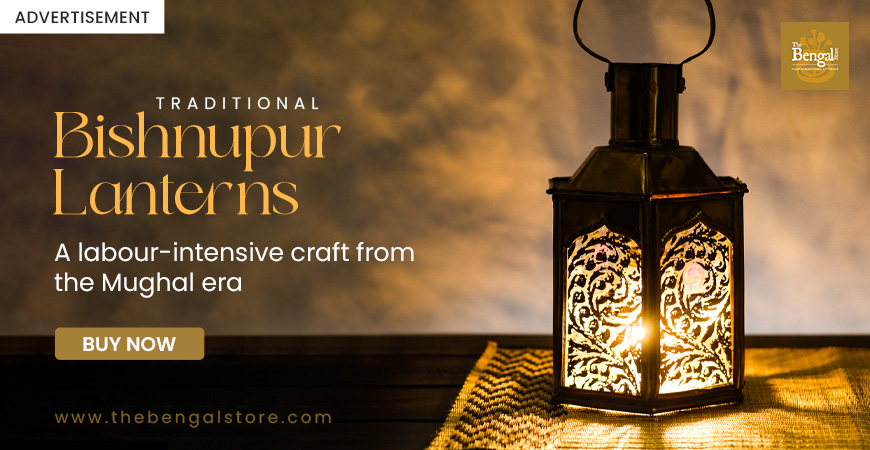From Charulata to Mukherjee Dar Bou: the journey of women’s voice in Bengali cinema - GetBengal Story

Film is one of the most effective ways to tell a story. It connects to an audience with sound, image, and feeling. When we watch a film, we do not just see a story, we feel one. This is the one reason why film is deemed one of the best modes of communication. It teaches us, entertains us, and even changes our way of thinking. Of all the regional cinemas of India, Bengali cinema, or Tollywood, occupies a unique position. It is not just songs and romance, it is about life, culture and people.
In its little way back, Bengali cinema relayed stories of family, love, realism and social values. Filmmakers like Satyajit Ray, Ritwik Ghatak, and Mrinal Sen made films that made viewers feel, and brought a realistic approach to life. During this time, women were mainly depicted as wives and lovers, mothers having caring, gentle, and emotional personalities. Their voices were almost always silenced, and imagery often presented them through male perspectives based on the male gaze. To illustrate this point, the moments of Satyajit Ray's film Charulata describe the events in a lonely housewife's life which is changed suddenly by the arrival of her husband's cousin. Although Charulata was avant-garde for its time, it still saw the emotions of women only through a male perspective.
Over the years, however, the world began to shift—and this included cinema. Women began to work and go to school and express themselves. Filmmakers began to recognize these changes and to try and show these changes on the screen. Slowly, the female gaze began to appear in Bengali films. The stories began to display life from a woman's perspective. Women were no longer just background; they became the main storytelling voice. Contemporary Bengali films show women as strong, autonomous, and self-confident agents, who face challenges but never give up.
Several recent Bengali films have centered on women’s journeys. Bela Seshe and Bela Shuru depict the strength of women within the family unit, and the relationships that develop there. Mukherjee Dar Bou is yet another compelling example of a film about a housewife's quest for identity separate from being a wife or daughter-in-law. Durga Sohay shows courage and independence for women, and Shree Durga represents the solidarity and strength of women in the community. Such narratives are not only endearing but allow you to reflect on a woman's role in modern society.
Interestingly enough, these films focusing primarily on women have received a lot of acclaim from film reviewers and viewers alike. Many of these films have been popular at the box office. Bela Seshe made over three crore rupees, and Mukherjee Dar Bou was notably successful as well. This indicates that audiences are opting for more substantive cinema rather than solely romance or action narratives.
Overall, Bengali cinema has come a long way from representing women as voiceless observers, to depicting women as distinct voices in the latest films that depict actors who dream, struggle, love, and win. Cinema is a reflection of society, and it is a positive indication of the Bengali cinema industry that society is beginning to see women not just as fictional characters but as real-life heroines.











